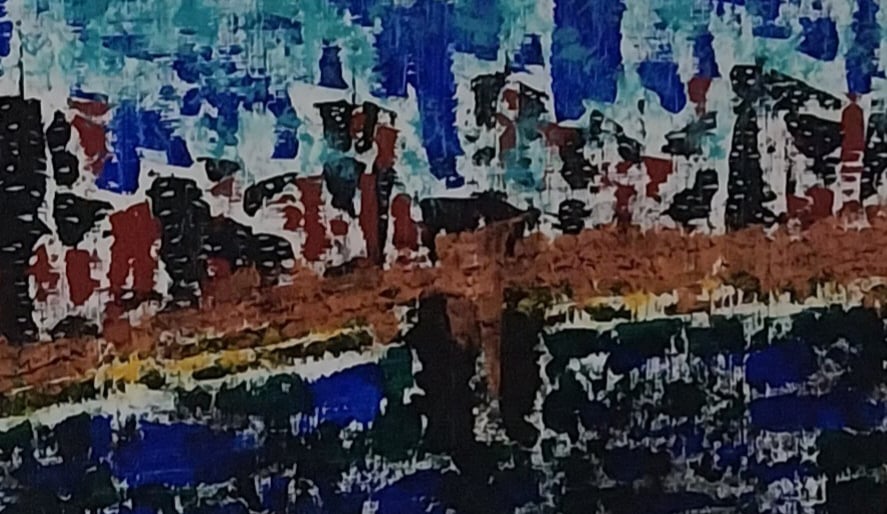Architecture as a Curatorial Canvas: Redefining Art Spaces in New York City By Eduardo Lucas
The white cube gallery model, long the default setting for contemporary art display, is quietly being challenged—and in New York City, the art world’s perennial epicenter, this revolution is accelerating. Today’s curators and gallerists are increasingly treating the exhibition space itself as an extension of the artwork, transforming architecture from a neutral container into a dynamic, narrative component. This shift marks a move towards "Sensory Fusion"—a deliberate blurring of boundaries between contemporary art and the built environment. It's an acknowledgment that space dictates experience, and that the city’s architectural landscape, far from being a backdrop, is perhaps the ultimate curatorial resource. The Rise of the Temporal and the Pop-Up Phenomenon Nowhere is this spatial flexibility more evident than in the proliferation of pop-up galleries and temporary museums across the five boroughs. In a city defined by escalating real estate costs, these ephemeral art spaces serve a critical function: they democratize access to art while simultaneously revitalizing dormant urban fabric. A vacant storefront in the Lower East Side, a defunct warehouse in Bushwick, or an empty apartment building in Tribeca suddenly becomes a vibrant, temporary cultural hub. Curatorial Power in Impermanence: The pop-up model grants curators a radical freedom unavailable in traditional venues. They can select a space whose raw materials, history, or geographic isolation inherently amplify the themes of the displayed works. This leads to installations that are inherently site-specific, encouraging deeper engagement from the viewer. Impact on the Urban Tissue: These spontaneous activations inject immediate cultural energy into neighborhoods, attracting foot traffic and signaling new areas of creative gravity. They transform the viewer from a passive visitor into an urban explorer, actively seeking out art embedded within the city's living architecture. Beyond the Wall: Architecture as Dialogue The conceptual integration of art and architecture goes deeper than merely occupying a unique space. Major exhibitions in New York now frequently engage in a direct dialogue with the structures that house them. The idea of Sensory Fusion suggests that the texture of a wall, the quality of natural light filtering through an industrial window, or the echo of a vast ceiling are essential elements of the exhibition’s narrative. Curators are not simply hanging art; they are orchestrating a holistic experience where the visitor’s journey through the architecture is part of the final mise en scène. This is a critical consideration for New York’s cultural institutions, which are constantly negotiating a blend of historic preservation and cutting-edge contemporary practice. Whether it’s converting a former industrial pier into a museum (like Dia Beacon, a spiritual precursor) or strategically using the raw, unfinished basement of a building for a specific installation, the architectural choices become definitive curatorial statements. Looking Ahead: The City as a Permanent Gallery For gallerists and curators in NYC, the challenge is clear: how to sustain the energy and intentionality of these temporary, spatial interventions. The future of contemporary art in New York lies in adopting a mindset where every corner of the city—from the public plaza to the private loft, from the traditional institution to the abandoned lot—is considered a potential canvas. This approach demands not just creative freedom from artists, but bold spatial imagination from those who curate and represent their work. By embracing architecture and unconventional spaces as co-creators, the New York art scene continues to prove that its power lies not just in the art it displays, but in the places it chooses to display it. " Eduardo Lucas "
"Eduardo Lucas" Abstract Artist
10/26/20251 min read


Solicitud de información
© 2025. All rights reserved.